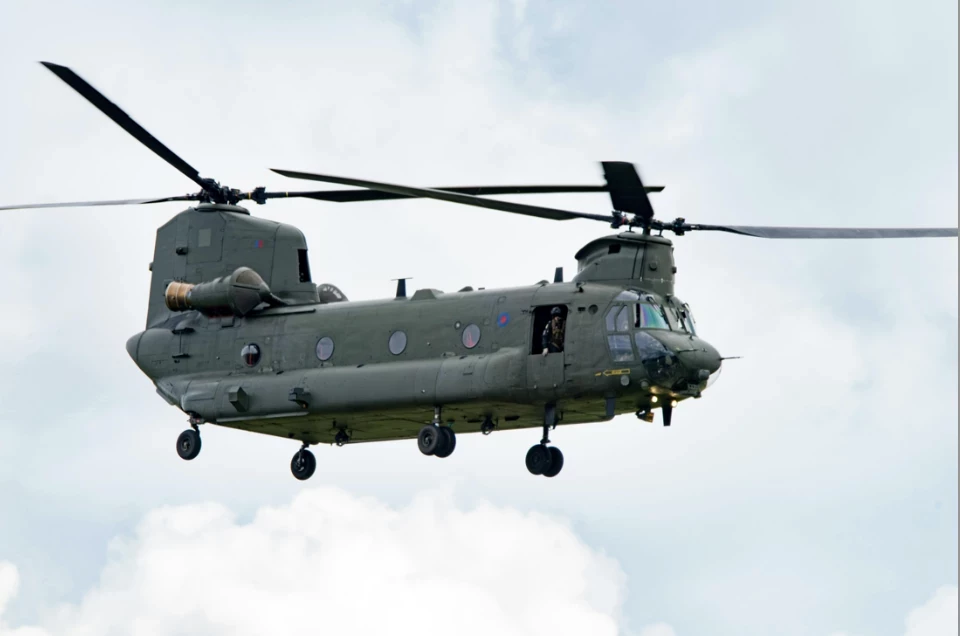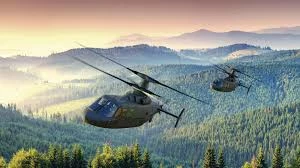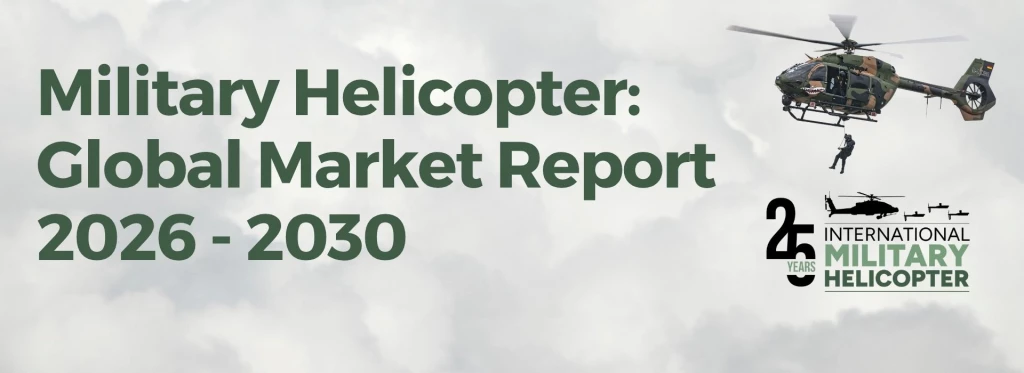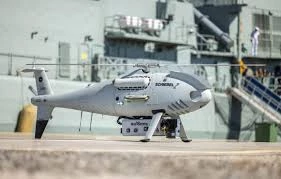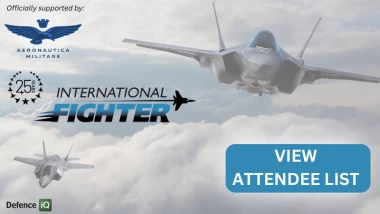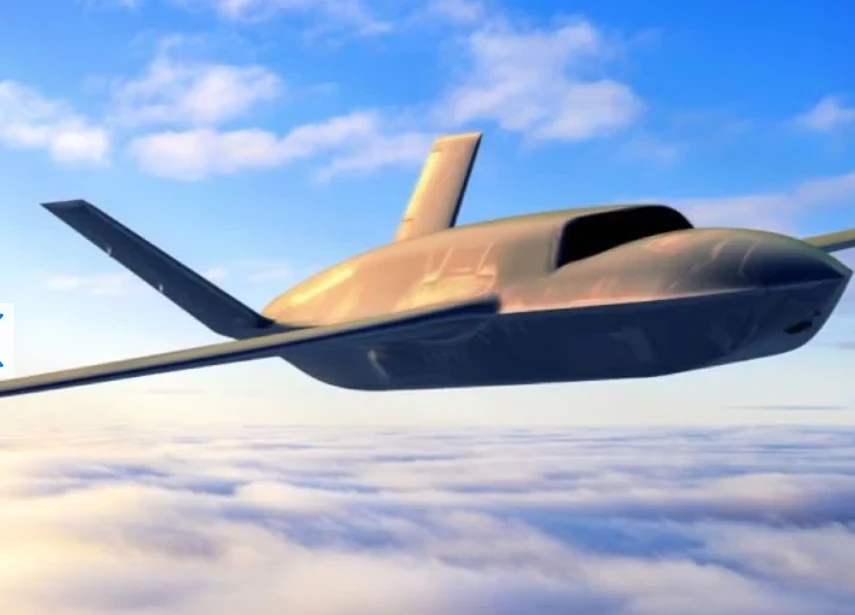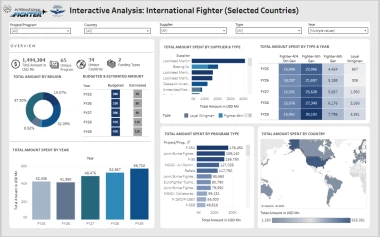Navy UCAS-D Achieves Milestone aboard Eisenhower
Add bookmarkThe test, conducted on USS Dwight D. Eisenhower (CVN-69), means the Navy is one step closer to demonstrating the first carrier-based recoveries and launches of an autonomous, low-observable relevant unmanned aircraft.
Demonstrating the UCAS-D system with a carrier-based aircraft, the F/A-18D, significantly reduces risk of landing an unmanned system aboard the ship for the first time. The F/A-18 surrogate aircraft, provided by Air Test and Evaluation Squadron (VX) 23, is controlled with actual avionics and software that are being incorporated on X-47B UCAS-D aircraft.
"Surrogate testing allows us to evaluate ship systems, avionics systems, and early versions of the unmanned vehicle software with a pilot in the loop for safety," said Glenn Colby, team lead for UCAS-D Aviation/Ship Integration. "With this we can verify our interfaces and functionality while minimizing the risk to an unmanned vehicle."
Along with the F/A-18, the test team employed a King Air surrogate aircraft operated by Air-Tec, Inc. PMA-268 is using the King Air to test all of the system functionality that does not require actually landing on the ship.
[inlinead]
"The most important thing we have done is adapted the ship's systems to handle a vehicle without a pilot, then seamlessly integrated it into carrier operations," said Rob Fox, UCAS-D Aviation/Ship Integration deputy team lead. "We're using both current aircraft carrier hardware and software systems and processes, and introducing new systems and processes to accommodate an unmanned system."
The vast majority of today's carrier flight operations are flown manually and visually by Naval Aviators. The pilot gives the ship information about the aircraft over the radio; all air traffic control instructions are by voice and even a good portion of navigation data has to be read over the air by the ship. The purpose of the UCAS-D integration effort is to digitize the communications and navigation information flow to incorporate capabilities required for UAS flight operations aboard a carrier, with minimal impact to existing hardware, training and procedures.
"This test period shows us very clearly that the carrier segment hardware and software, and the Precision Global Positioning System (PGPS) landing technologies are mature and ready to support actual unmanned operations with the X-47B," said Engdahl.
To support an autonomous vehicle, PMA-268 has modified shipboard equipment so that the UCAS-D X-47B air vehicle, mission operator and ship operators are on the same digital network. For current fleet aircraft, the Landing Signal Officer (LSO), who is charged with safe recovery of aircraft aboard the ship, uses voice commands and visual signals to communicate with a pilot on final approach. Since a UAS cannot reliably respond to voice and visual signals, the LSO's equipment communicates directly with the aircraft through the digital network via a highly reliable interface. Similar digital communication capability has been integrated with the ship's primary flight control ("tower") and Carrier Air Traffic Control Center (CATCC) facilities.
Most importantly, the UAS operator's equipment, installed in one of the carrier's ready rooms, is integrated with the very same network.
In addition to communications, an unmanned system requires highly precise and reliable navigation to operate around the ship. This first arrested landing of the F/A-18D surrogate aircraft aboard the Eisenhower was enabled by integrating Precision Global Positioning System (PGPS) capabilities into the ship and the aircraft.
According to Engdahl, these tests demonstrate that PGPS landing technologies and the carrier segment hardware and software are mature and ready to support actual unmanned operations with the X-47B. In addition, these capabilities have the potential to make manned aircraft operations safer and more efficient.
The first experiments supporting unmanned carrier operations were conducted in 2002 followed by at-sea testing of a King Air in 2005. With the basic concept proven, the UCAS-D team began the detailed design of the carrier integration in 2007. The PMA-268/NAVAIR team worked closely with experts from PEO (Carriers) and the Naval Sea Systems Command (NAVSEA) to determine the details of system installation on a carrier, while working to minimize impact to ongoing missions and capabilities aboard the ship. Initial capability of the ship equipment was verified in January 2010 during testing aboard the USS Abraham Lincoln.
In fall 2010, ship modifications began on the Eisenhower. The UCAS-D team worked closely with ship's company personnel to lessen disruption to other activities required for normal operations and maintenance of the ship. Initial surrogate testing took place during the ship's sea trials the week of June 13, which validated the system's readiness for carrier landings.
The UCAS-D program continues ship integration and X-47B flight test activities in preparation for sea trials in 2013. Flight testing is underway at Edwards Air Force Base and will transition to Pax River later this year.










